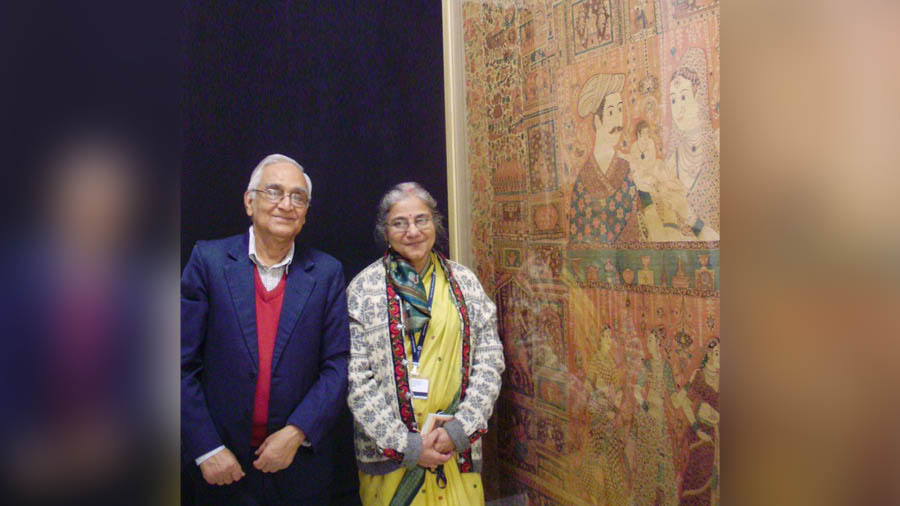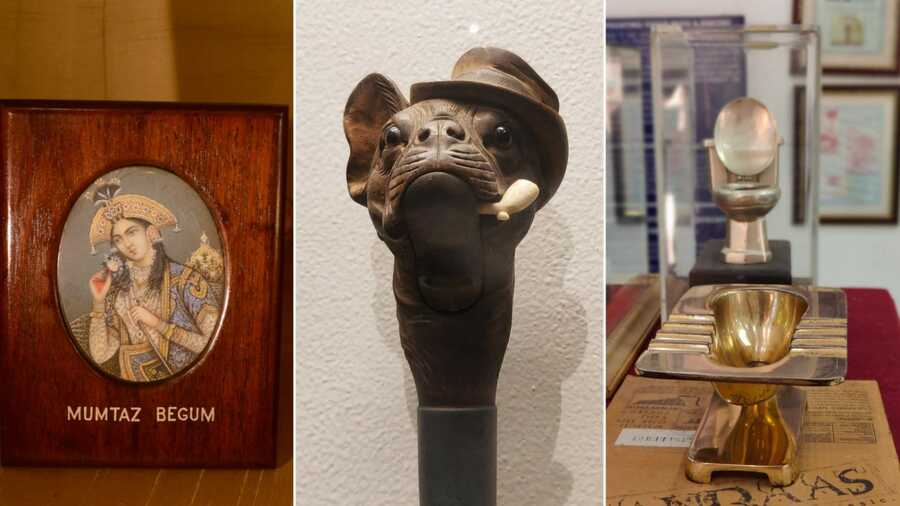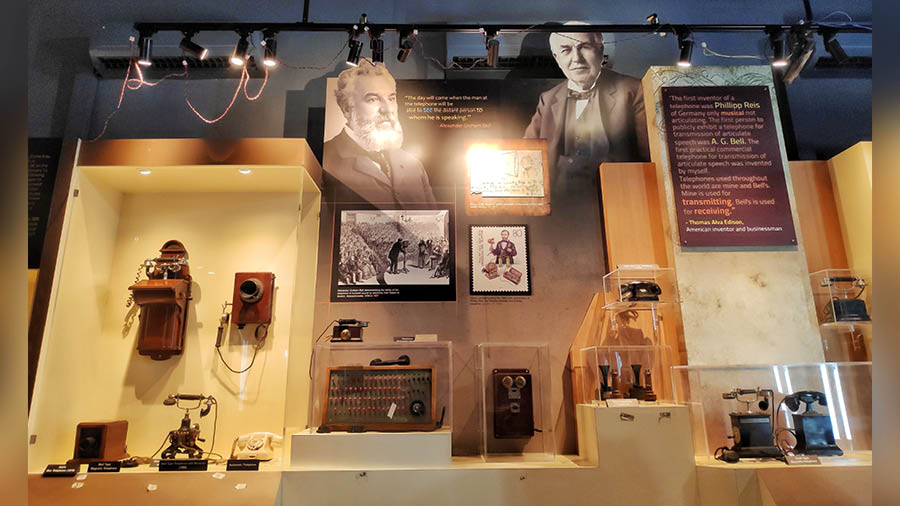India’s leading expert in Mughal miniature paintings, who began his career as a keeper at Kolkata’s Indian Museum 60 years ago is being felicitated on July 13 by the University of London for his lifetime contribution to art history.
Professor Asok Kumar Das, born 86 years ago at Garbeta, Medinipur district, was mentored by legendary historian Nihar Ranjan Ray. He was inspired by the Indian Museum’s rich collection of miniature paintings and in 1964, enrolled in University of London’s School of Oriental and African Studies on scholarship for a PhD on miniature paintings. The university is now conferring on him an honorary Doctor of Letters (also called Doctor of Literature or a DLitt).
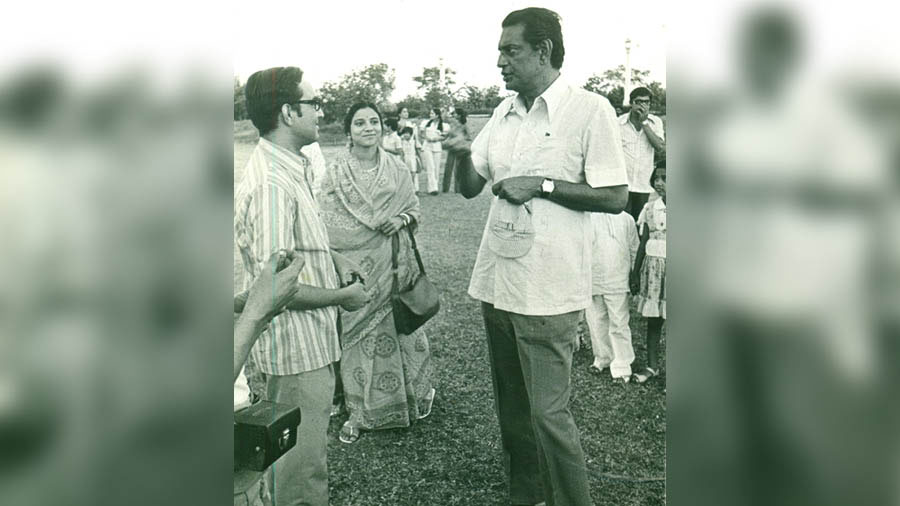
Professor Asok Das with Satyajit Ray
‘The West came to India, India went to the West’
The focus of Prof Das’s PhD was Mughal paintings in Emperor Jahangir’s time. “I wouldn’t say it was pioneering research but my line of thought was classic — that Mughal paintings must be studied not in isolation but in relation to global art,” Das said in Kolkata, en route from Santiniketan to London.
“My study was not just about Mughal paintings, but about how the painting developed and changed under the patronage of a particular person. It was a time when Western materials were arriving in India — the Albrecht Durer (15th-century German painter and printmaker) engravings, for example — and they arrived in Mughal courts. The Mughals studied them and there was an influence of Durer in their works,” he added.
Rembrandt collected Mughal paintings, studied them and incorporated details in his works. Eugene Delacroix also did the same
It was not a one-way street, said the art expert, as Mughal works also inspired the West. “Rembrandt collected Mughal paintings, studied them and incorporated details in his works. Eugene Delacroix (18th-century Dutch artist and Romantic painter in France) also did the same. The West came to India, India went to the West.”
Prof Das’s PhD thesis became a book Mughal Painting During Jahangir’s Time, in 1967. He has written over 60 books, including Paintings of the Razmnama and Wonders of Nature: Ustad Mansur at the Mughal Court. If the last rings a bell, it may be because Ustad Mansur painted the now extinct dodo — an untitled work, often referred to as Dodo — which hangs at the Hermitage in Saint Petersburg, Russia. His illustration of the Siberian crane is at the Indian Museum in Kolkata.
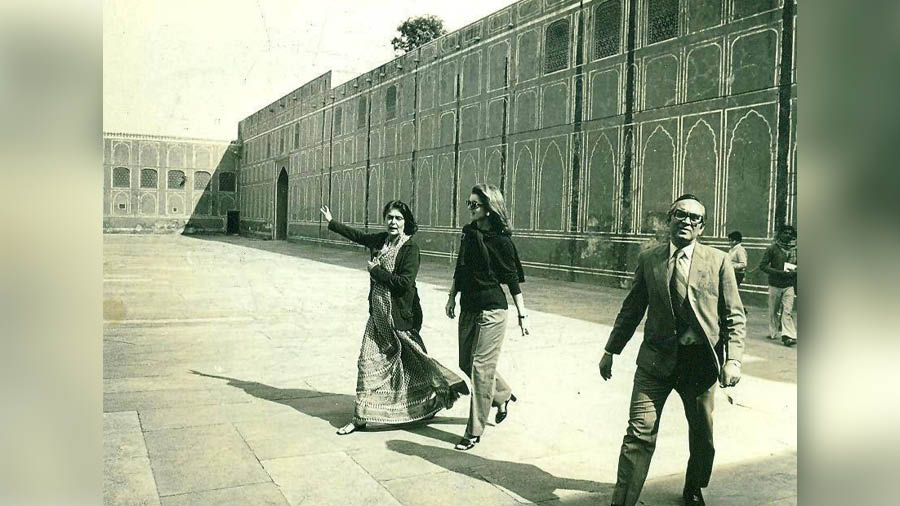
Prof Das with Jackie Kennedy and Gayatri Devi at the Jaipur Museum
‘India has miles to go when it comes to museums’
If Prof Das has a second passion, it is museums. Kolkata’s Indian Museum taught him early lessons, before he went on to do a 16-year directorship at the Maharaja Sawai Man Singh II Museum in Jaipur from 1972. The museum has some of India’s greatest treasures, including Mughal emperor Akbar’s imperial Ramayana and the Razmnama of The Book of War, which is Mahabharata. Both manuscripts are richly illustrated and inscribed with translations of the epics from Sanskrit to Persian, and behind lock and key under the shield of the Supreme Court for at least 25 years due to a family dispute. Prof Das may have been among the last few to have seen these historic and precious documents.
Mumbai’s Chhatrapati Shivaji Maharaj Vastu Sangrahalaya, earlier Prince of Wales Museum, is world class
His expertise in Mughal, Rajasthani and Pahari paintings have taken him to world’s best galleries as a consultant, including London’s Victoria and Albert Museum and the Metropolitan Museum of Art in New York City. He came back brimming with ideas on 21st-century museums for India but says the country has miles to go. Though, Mumbai’s Chhatrapati Shivaji Maharaj Vastu Sangrahalaya, earlier Prince of Wales Museum, is world class, he said.
A museum experience for all
Prof Das is hanging on to the prime minister’s suggestions made on July 12, 2018, at the inauguration of a new home for the Archaeological Survey of India, when he urged locals living near historic sites and students in historic cities to train as tour guides so that “history is at their fingertips and (they have) a sense of ownership of that history.”
Another suggestion right after Das’s heart involves technology and photography. “Today, from high up in space, you can take a photo of the number plate of a scooter parked in a lane in Delhi. But, you visit a historic monument and a board there will say ‘No Photography’.”
Times have changed, technology has changed, and Prof Asok Kumar Das wants museums to change too, to engage with people as they interface with the past.


